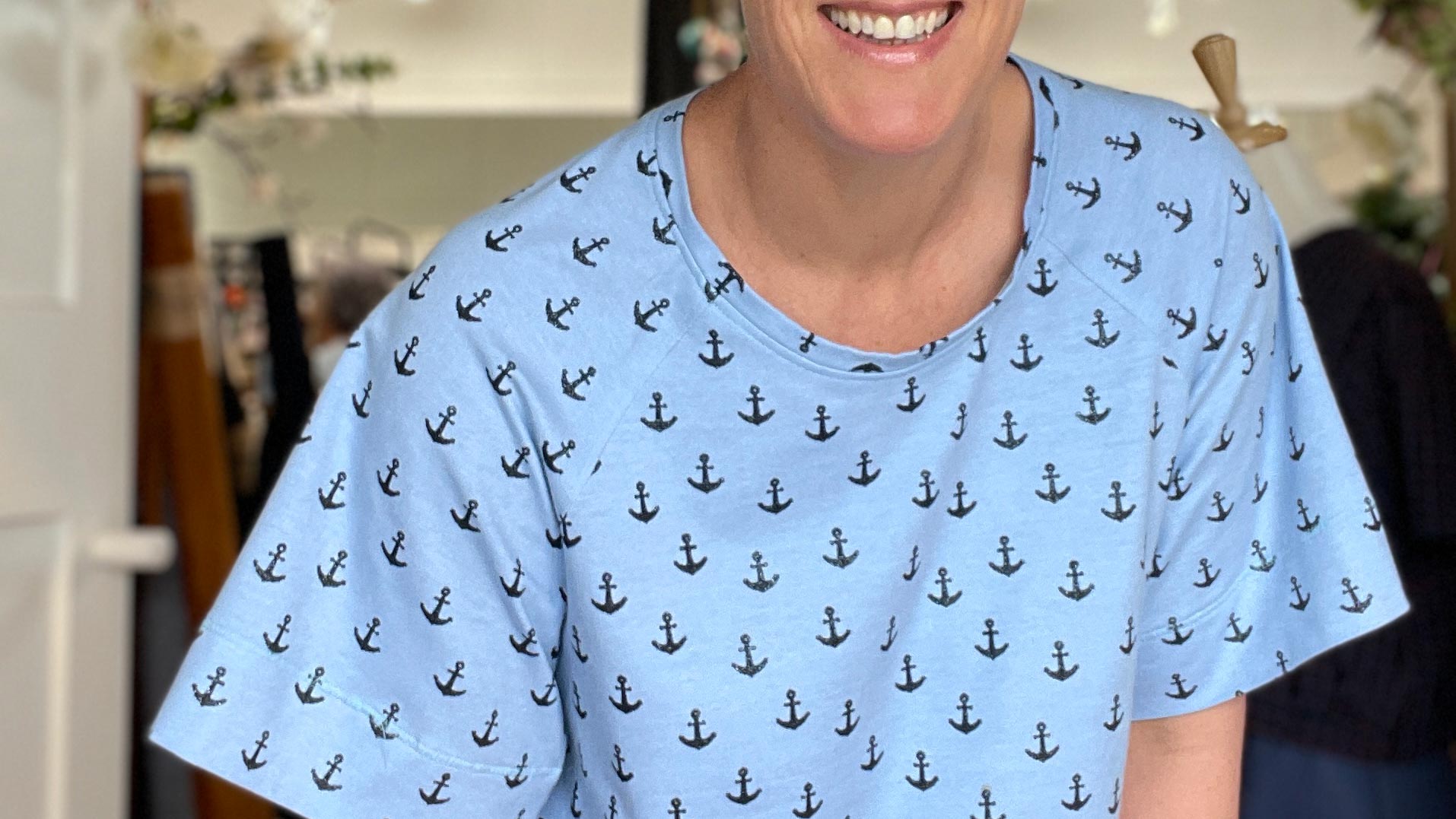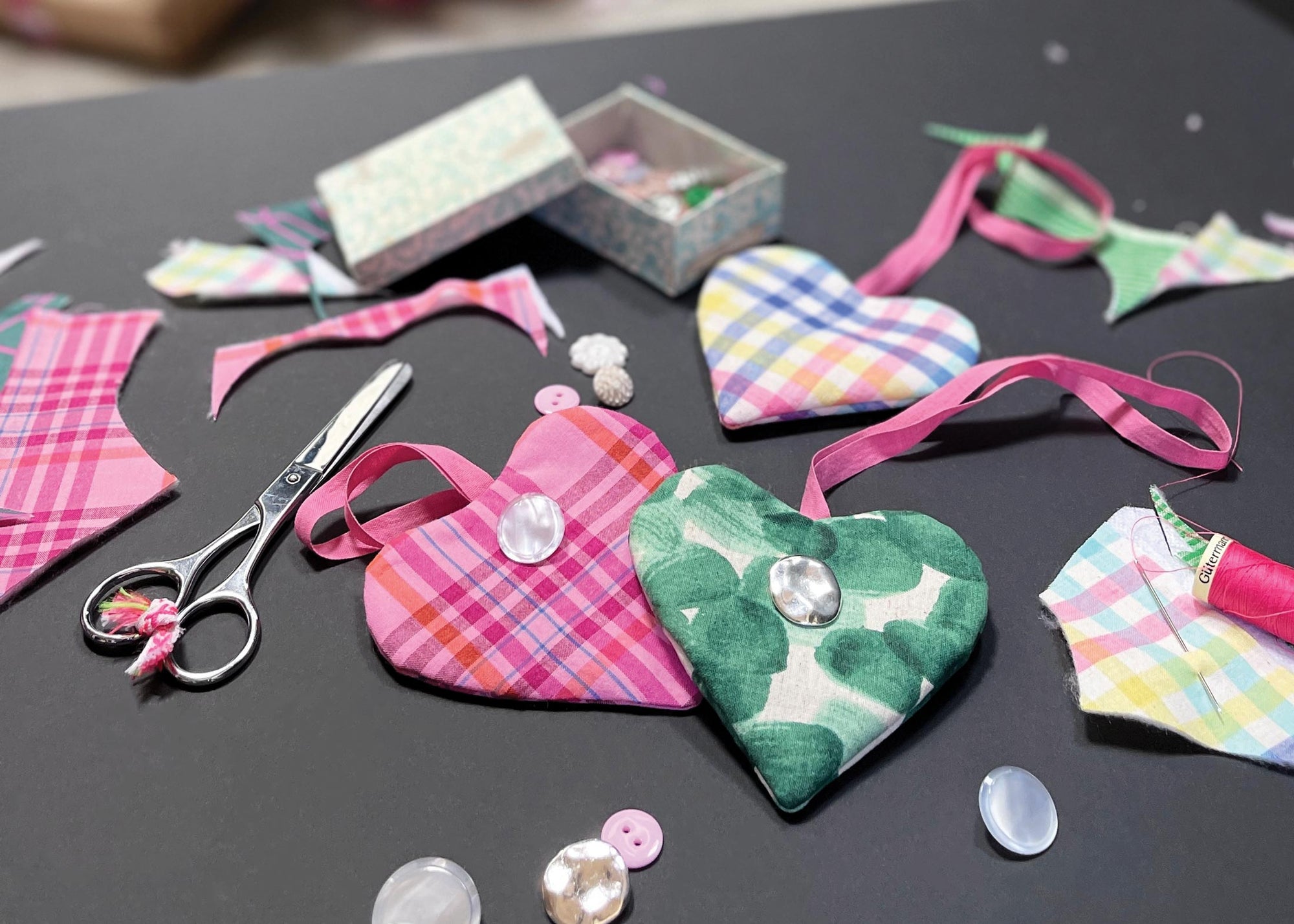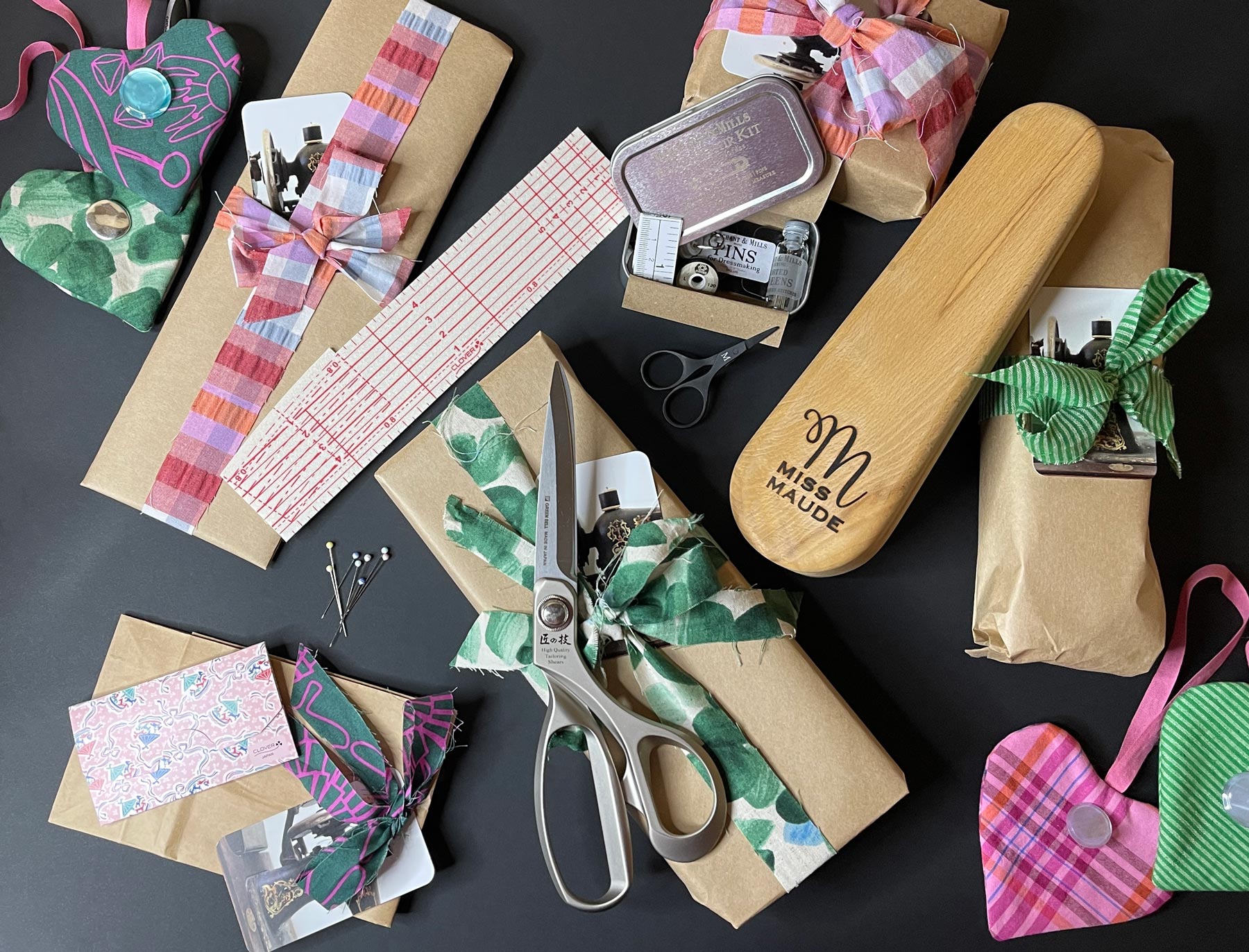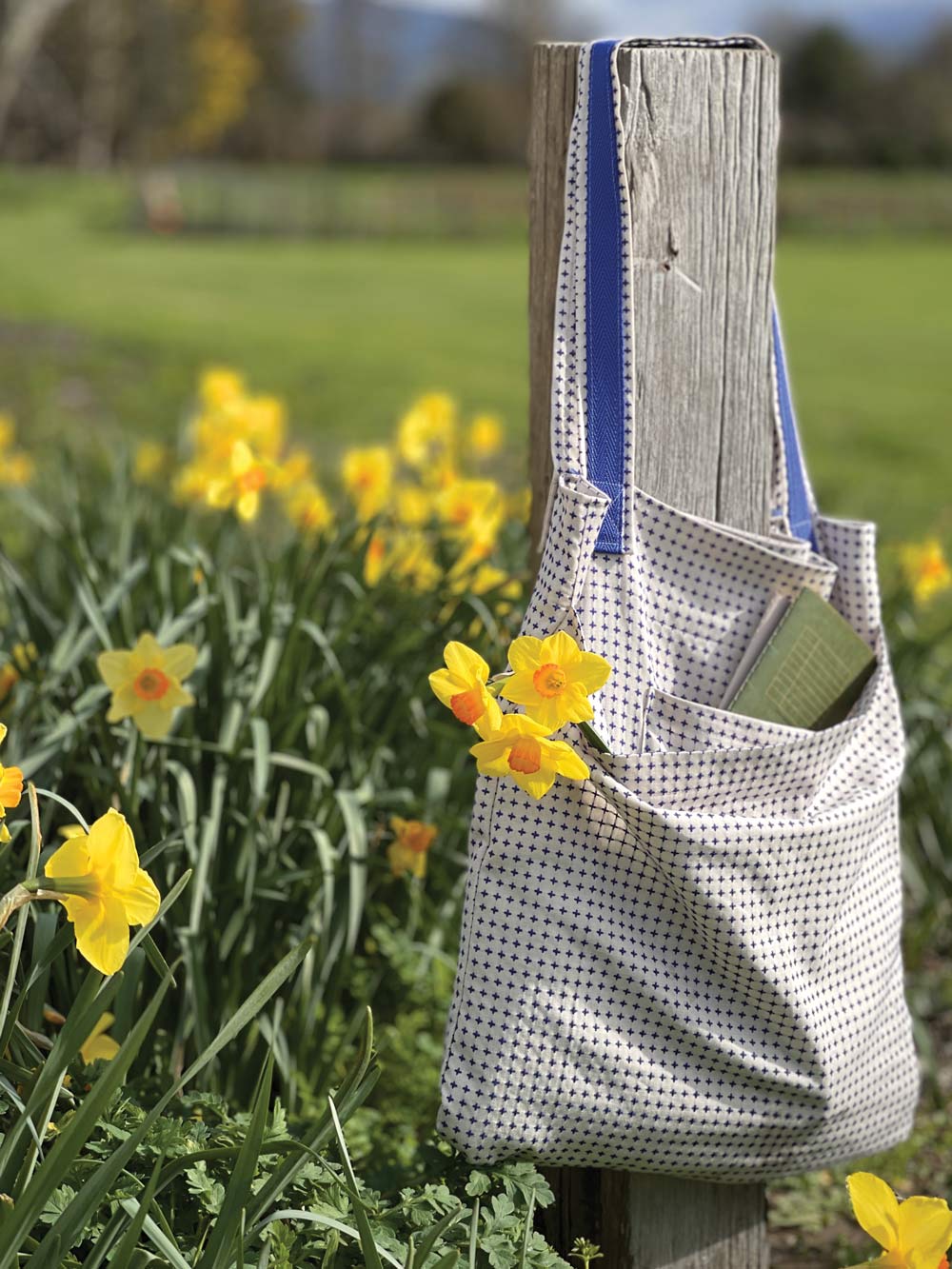
Corduroy - we've had a wee love affair with this wonderful fabric for a few years now. And we're not the only ones it seems, with the fabric having gone through something of a renaissance recently. Available in modern colour ways that play with the light, corduroy fabric has beautiful texture, wonderful sheen, and is also very sturdy and durable. Depending on the type of corduroy that you select - you can create soft garments with drape or something quite structured. Emma made a pair of Pattern Fantastique Terra Trousers a few years ago that she created from our 6 Wale Corduroy. They are in heavy rotation and still have a lot of wear left in them.

A Little Bit About the History of Corduroy
It is thought corduroy was first developed for nobility using silks and that perhaps the name corduroy came from French corde du roi meaning ‘king's cord’. With time the fabric became more accessible to wider society and during the Industrial Revolution, the fabric was woven with cotton, making it a popular choice for workwear and the working classes. To some it was known as 'poor man's velvet'
What is a Wale?
 If you are wondering what a wale is - we aren't talking about the mammal or the country. The wale is the number of ridges, or cords, per inch on the fabric - the lower the "wale" number, the thicker the width of each wale (e.g., 4-wale has much thicker cords than 11-wale). Our corduroy is 6 cords per inch, making it relatively chunk, but also very soft with a lovely drape.
If you are wondering what a wale is - we aren't talking about the mammal or the country. The wale is the number of ridges, or cords, per inch on the fabric - the lower the "wale" number, the thicker the width of each wale (e.g., 4-wale has much thicker cords than 11-wale). Our corduroy is 6 cords per inch, making it relatively chunk, but also very soft with a lovely drape.
Each cord has a pile which naturally creates a nap on the fabric, meaning it can look quite different when viewed at different angles.
Our 6 Wale Cotton Corduroy is versatile. It can be used for trousers, skirts or jackets.
Tips for Sewing with Corduroy
Pre - wash your fabric.
- Take care not to overpack your washing machine as this can crush the nap of the fabric.
- Wash on a cool wash.
- Wash the final item inside out to help reduce crushing the nap.

Cutting Corduroy.
The most important thing to think about when working with corduroy is the nap. If you stroke the fabric one way it will be soft and silky. If you brush it in the opposite direction then it will feel quite rough and coarse.
When cutting out any pattern pieces, constantly check that you have the nap all going the same direction. It will be obvious when you wear the garment if the nap isn’t in the same direction as the light will be reflected differently and the garment will appear to be made of different coloured fabrics.
This picture below demonstrates it perfectly. It is the same piece of fabric but the piece on the left has the nap going down and the one on the right has the nap going up when you smooth it down.

Reminder - Ensure the pattern pieces are all going in the same direction before cutting out them out.
Which way should the nap run when cutting out a pattern? While there may be traditional 'right and wrong' ways to cut out corduroy fabric, here at Miss Maude we believe the choice is yours!
We recommend that you hold your fabric up from one end to see how the light hits it. Turn it up the other way and you will notice the colour intensity change - one direction will be more intense than the other. Consider this and the look that you want to achieve with your sewing project before laying and cutting out your pattern pieces
Ironing

Use a towel to reduce crushing the nap.
Some people don’t like to iron corduroy because it can crush the fibres. However I have found as long as I take precautions first, its fine to iron. First I put down a fluffy towel on the ironing board and place the right side of the fabric facing the towel. This will help to protect the fibres of the cord, when ironing I use a low heat and only iron the wrong side.
Use a Clapper
The next indispensable tool is a clapper. To get really crisp seams I apply a liberal amount of steam. Lots and lots, with the face of the iron not touching the fabric. After shooting steam I place the clapper on the seam and leave it to cool down. It works beautifully every time!
Use steam to plump up the nap if they do get crushed
If you do squash your nap. Fear not. Just apply lots of steam to the nap and then brush it with your fingers. The steam will plump up the fibres beautifully.
Sewing
Use Lots of Pins or Baste Pieces Together
Corduroy is great to sew if you are sewing it right sides together. It is a bit like velcro. It just sticks together! But it can be a little shifty if combined with another fabric. When I was sewing the Cap Sleeve Vest I used a viscose crepe for the lining. When I sewed the pocket flaps, one side was cord and the other the viscose. And they moved. In opposite directions. To counteract this, I was very liberal with my use of pins and fabric clips. I used both to really secure it. If you are finding your fabric particularly shifty, you might like to consider basting before sewing.
Use a Walking Foot
If you have a walking foot on your machine I can recommend using this. And if you are sewing two different fabrics, have the lighter fabric on the bottom next to the feed dog and the corduroy on the top.
Pro Tip - Avoid the fabric creeping by sewing in the direction of the nap.
Other Corduroy Blog Posts:
Gabrielle's Beryl Bomber Dress
Conclusion
If you are going to take your time to make something, my guess is that you will want to make something that lasts. And corduroy will not let you down. Definitely worth considering for your winter wardrobe.

SAVE IT FOR LATER....












